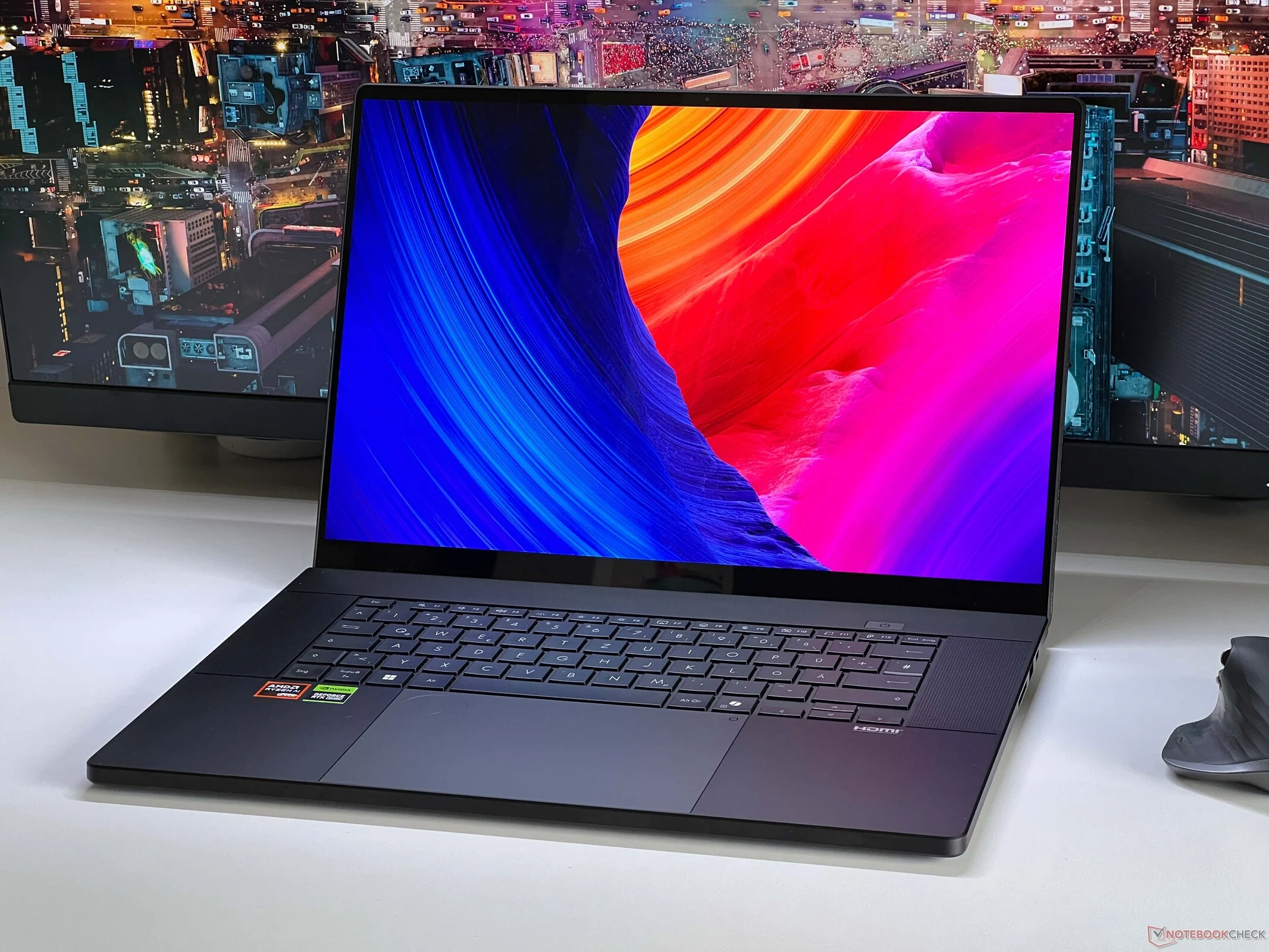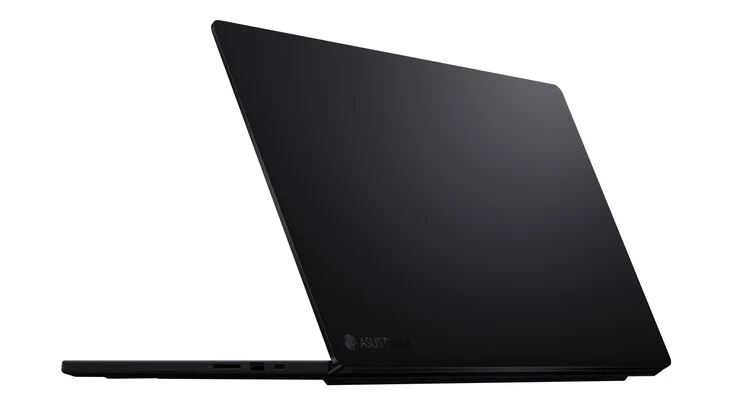Key Takeaways
1. The Asus ProArt P16 is designed for creatives, featuring a black metal design and a touchscreen with stylus support, unlike its gaming counterpart, the ROG Zephyrus G16.
2. It uses standard heat-pipe cooling, limiting GPU options to the GeForce RTX 5070 Laptop, which may hinder performance in demanding tasks.
3. The laptop’s VRAM is limited, potentially impacting tasks like photo and video editing.
4. The display has been upgraded to a 120 Hz OLED with a resolution of 2880 x 1800, but the brightness levels are lower than competitors, at 360 nits in SDR and 430 nits in HDR.
5. Overall, while the ProArt P16 is a solid multimedia laptop, it could be more competitive with better display brightness and GPU options.
The Asus ProArt P16 stands as the creative counterpart to the gaming laptop ROG Zephyrus G16. While the outer design is almost the same, the ProArt P16 does away with the illuminated lid, and it features black metal surfaces. The most significant distinction, however, lies within. Unlike the Zephyrus G16, which can be outfitted with advanced vapor chamber cooling for higher-end GPUs up to the RTX 5090 Laptop, the ProArt P16 relies on standard heat-pipe cooling. As a result, the most powerful GPU available is the GeForce RTX 5070 Laptop, which still boasts 8 GB of VRAM and offers a performance edge over the older RTX 4070 Laptop.
Performance Drawbacks
Along with the modest performance improvements, the limited VRAM can quickly become a hindrance, especially during photo or video editing tasks. It’s puzzling why Asus does not provide the ProArt with more powerful GPU choices, given that the cooling setup from the Zephyrus G16 is accessible. Switching to the Zephyrus G16 isn’t feasible for everyone, as the ProArt uniquely features a touchscreen that supports stylus input.
Display Quality
Next, let’s discuss the screen. The 2024 version came with a high-res 4K OLED display, but it was capped at just 60 Hz. Now, Asus has upgraded to a 120 Hz OLED, but the resolution is lower at 2880 x 1800. The display still shows a slightly grainy image when viewing bright content, likely due to the touch layer. Asus still provides precise color profiles for sRGB and P3, but the brightness leaves much to be desired. In SDR mode, we only recorded 360 nits and just 430 nits in HDR mode. Many competitors with OLED technology surpass this performance, not to mention those utilizing Mini-LED displays.
Overall, the ProArt P16 remains a commendable multimedia laptop, yet Asus could have significantly improved its competitiveness with the MacBook Pro 16 by incorporating a brighter OLED display and a GPU with increased VRAM.








